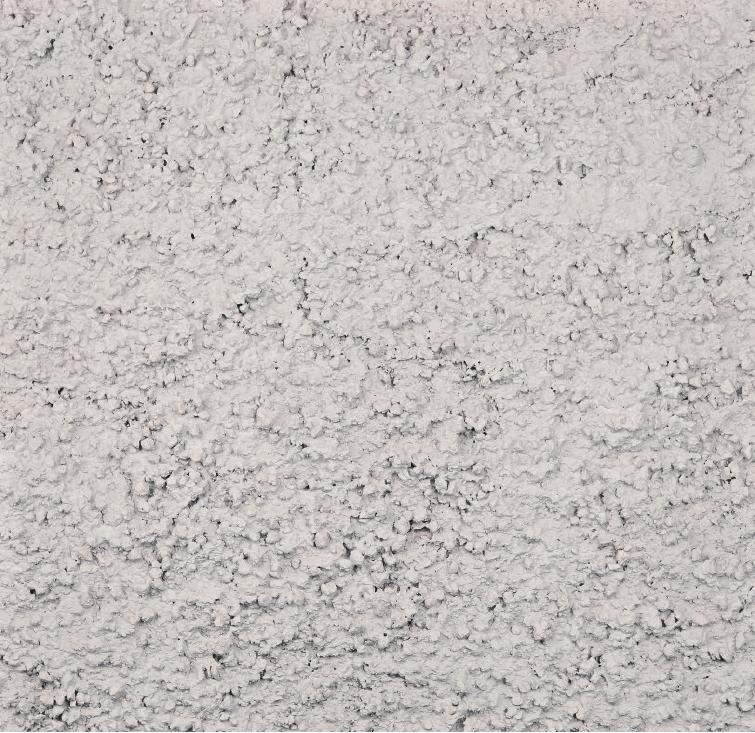Allgemein
On European Architecture: A Big Bad Building
~Aaron Betsky
Groß und grässlich
Mit dem neuen Museum für Menschheitskultur in Paris, kurz Quai Branly genannt, hat Jean Nouvel sowohl Besuchern als auch der öffentlichen Architektur einen Bärendienst erwiesen. Von außen wie von innen unlogisch, unpraktisch, unangemessen entworfen und handwerklich schlampig ausgeführt, verfehlt das Gebäude seine Aufgabe: einem neuen, bislang nicht an Museen interessierten Publikum, das hier die Kultur seiner Vorfahren entdecken kann, einen effizienten, gut organisierten und logischen Ort zu schaffen. Eigentlich müsste das Museum die Chance feiern, in der Mitte unserer Kultur anderen Kulturen einen Platz zu geben, und dieses Zusammentreffen als vergnügliche Angelegenheit gestalten. Stattdessen wird der Besucher mit einer unklaren Eingangssituation und wilder Architektursprache konfrontiert, nicht nachvollziehbaren Verbindungen und Räumen, die entweder fast leer oder viel zu voll sind. Einziger Trost: Die Exponate sind so wunderbar, dass sie die erbärmliche Architektur überstrahlen. Tragischerweise wird mit diesem Museum wieder das Vorurteil untermauert, Architekten würden Gebäude bauen, die größer als nötig sind, kein klares funktionales Konzept haben und außerdem die Aufmerksamkeit stärker auf ihre Konstruktion statt auf den Inhalt lenken. Jean Nouvel hat unsere Denkweise über öffentliche Bauten wesentlich mitgeprägt. Er war es, der uns gezeigt hat, wie Europas kulturelles Vermächtnis ausgedrückt werden kann: in Gebäuden, die mit ihrer Umgebung korrespondieren und zugleich größere Perspektiven eröffnen – so mit dem Institut du Monde Arabe und der Konzerthalle in Luzern. Umso fataler, dass der Meister hier eine großartige Chance vertan hat: in einer europäischen Hauptstadt einen wichtigen, relevanten Kulturbau zu schaffen.
When big, important buildings are bad, they create a large problem for architecture. After more than a decade of dearth in the construction of »Grands Projets« in Paris, the new Musée de l’Homme opened this summer as the one large contribution Jacques Chirac has made to the grandeur of this monumental city. The building is on almost every level an abomination. Perhaps it is a fitting reminder of Chirac’s utterly failed administration, but as a major building on a prominent site that serves an even more important cultural and social role, it fails to make a civic contribution and along the way gives architecture a bad name. It reinforces the idea that architects create objects that are larger than they need to be, have no clear functional lay-out, and draw our attention to their own construction rather than that which they house. As such, the Quai Branly, as the building is familiarly known, is not only a painful experience to visit, but will make it harder for architects to prove their worth in the public arena. The author of this bombastic pile of over-grown boxes is Jean Nouvel. This is not the first time recently that he has blown the chance to create a major civic monument out of a cultural program in a European capital. His addition to and renovation of the Reina Sofía Museum in Madrid, opened last year, is just as awful: a huge red roof looming over a useless plaza, completely out of scale with its surroundings and containing the blandest gallery spaces imaginable. It is not that this architect cannot make good buildings, and that he has not made major contributions to the ways in which we think of such civic objects. In fact, Jean Nouvel has done a great deal to help us think of Europe’s investment in its cultural legacy as being expressed in finely tuned structures out of finely honed materials; buildings that both respond to their settings and, in their abstract gestures, open up grander vistas and spaces within the ordered realm they propose. So he did in Paris itself in the Institut du Monde Arabe, and in Lucerne in the concert hall, and in several other major buildings. Nouvel won the competition for the home of the institute that finally unifies the French state’s collection of non-Western art and artifacts because he convinced both the jury and the neighbors that he was going to give them back the park that existed on the site. This he has succeeded in doing. Patrick Blanc’s landscaping, though it has a few more angles than might be strictly necessary to organize the space, and especially his treatment of one of the building’s facades as a »vertical garden«, creates a nice bit of greenery that cuts, dices and folds up into both a horizontal and a vertical dimension the planar exactitude of the French parterres proper to such monumental structures. Dominating this public space is a gigantic, windowless object. Rather than give it a scale or delight in its abstract grandeur, Nouvel has stuck colored boxes on it. These are meant to convey the notion that there are treasures stored inside these appendages, and that they have an affective resonance (as opposed to the polite formal echoes of Western art) that the bright paint celebrates. However, it is completely unclear what these things are from the outside, and they come off as giant gift boxes somebody has perched on a steel ledge. That is about all there is to this building as such. It does not even have a clear entrance. One slides under and past the anonymous warehouse hovering in mid-air, sneaks around the back, past the bookstore (there was somehow no room for either it or the café in the cavernous museum) and into something meant to be a lobby. Curved walls with exposed steel struts gesture wildly, exhibiting an astonishing sloppiness in craftsmanship while leaving one in complete confusion as to where one is or is meant to go. While the entrance area is restricted and directionless, it does open up to a larger, undefined area, equally directionless. But wait, there, curving beyond the central cylinder that occupies the heart of this public space that was meant to be grand, is a ramp. What is that giant object, by the way? It is a section of the museum’s holdings, exposed in all its dim glory, reminding us of the dark warehouses from which the work we are about to see came – and which actually seem more alluring than what we have seen so far. Up and away one goes, snaking, curving, rising and wondering where the white ramp, already scuffed and falling apart after a few months of use, might lead one. The many twists and turns are meant to give us time to forget the realities of gridded, Western Paris and immerse oneself in the mysteries of the fluid other. Just so we don’t forget to do so, projections and New Age music put us in the mood of a BBC nature documentary. We are in the realm of the politically, if not the architecturally, correct. If only the occasional steel beam, hanging device or vista into the top of a lower, changing exhibition gallery wouldn’t make us feel as if we are in a low-rent version of Charles de Gaulle Airport, we could be lulled into this dream of exotic anti-architecture. But then we are there, and where we are is just the inside of the hangar, spreading out in all directions. It could be the assembly room for the doomed A380 or a convention center, but it is, to judge from the objects within it and the theatrical lighting they afford, a museum. We stand, jostled by our equally confused fellow visitors, all of us not so much in awe of this space as befuddled by the collection of brightly lit display cases vying for our attention. We discover a map, and it sets us on our course through the box. That volume is, as it turns out, much longer than it is wide, too high for the exhibits in it, and with no points of rest or differentiation. The march is a long one towards the South end, back along the Seine side to the North, and then back again to where we started. Along the way we rise up and fall down ramps, though we do not know why. We encounter tight spaces where exhibits jostle with each other, and empty areas with little to see. We are confused when the path splits and then reunites. We make detours into the boxes. We notice along the way that there are two boxes hanging above us, search for staircases, and then finally find them only by looking back on our march. Is this all deliberate? Are we meant to be confused? Are we not allowed to have places to rest and look out over Paris or merely gather our thoughts? Are we experiencing the rise and fall of the landscape for a reason? Is there a metaphor for the confusion of the Western world or the immeasurability of the jungle? Are the exhibition halls that are not part of the »parcours« little treats we are meant to find only if we work hard enough? Who knows? All we know is that there is little sense or logic, comfort or rhythm to this journey around the world. The exhibits themselves are stunning. We are surrounded by treasures from all around the world. It is amazing what a colonial empire won’t get you, and the curators have chosen some of the most amazing pieces from their extensive collections. The case themselves are well-lit, the labels clear, and once we forget about the sheer awfulness of the architecture, the magic perpetrated by what Levi-Strauss called the sorcerers obliterates the mistakes of what he called the engineer. Except that everywhere the architecture comes back at us. It enfolds us in laminated wood floors that curve into benches and confronts us with structural component that litter the exhibition field. We can never escape from materials that are inappropriate for their use and spaces that have no clear function. One stares harder and harder at the mask, the funerary boat, the beads or the totem just to get away from the architecture. And so perhaps it does not matter that the architecture is so bad. On an average day, the galleries are filled with those »from other places,«dressed in their best, often seeming to have entered a museum for the first time, here discovering their heritage and that of others, and sharing it with their children. It is enough to make one wan
Aaron Betsky is Director of the Cincinnati Art Museum. Previously, he was Director of the Netherlands Architecture Institute and Curator of Architecture, Design and Digital Projects at the San Francisco Museum of Modern Art Trained as an architect, he is the author of a dozen books on architecture and design, including, most recently, »False Flat: Why Dutch Design Is So Good« (2004).
Teilen:






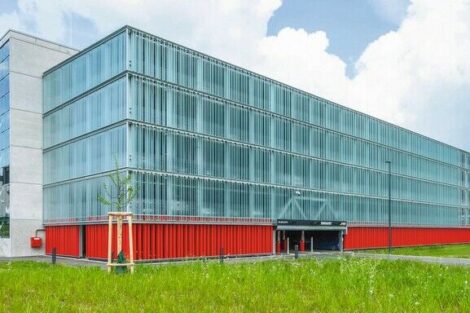
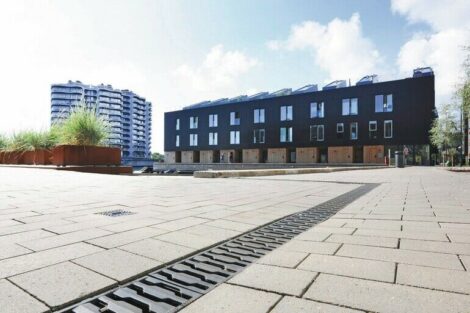
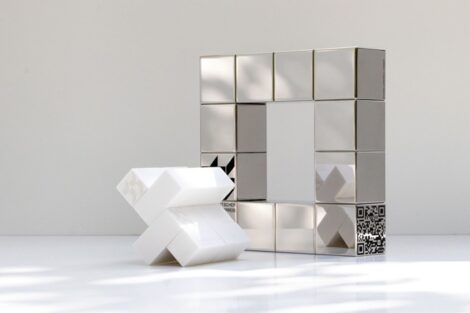
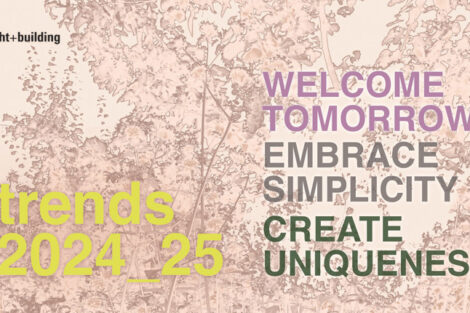
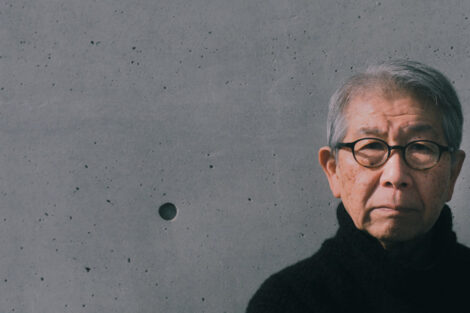
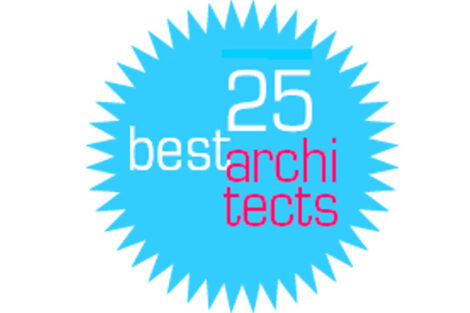
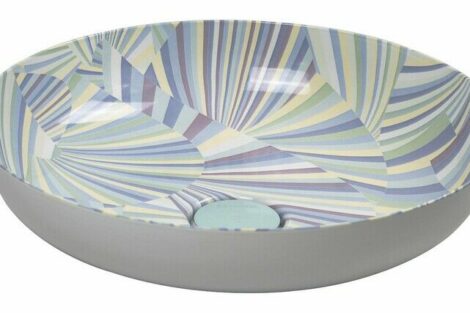
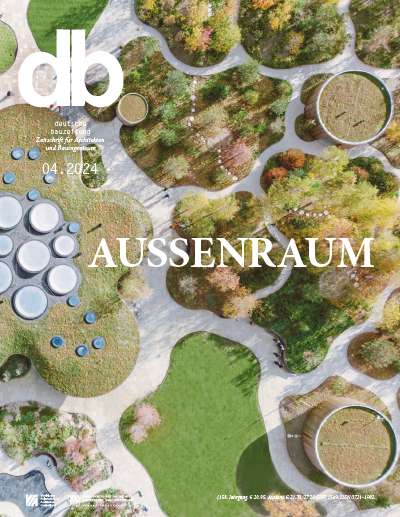

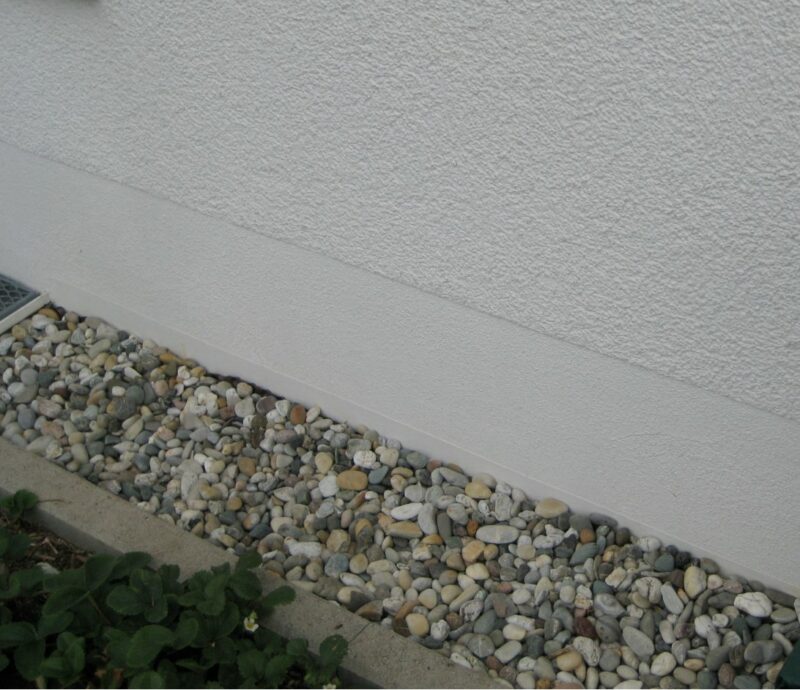
 Trockene Socken
Trockene Socken